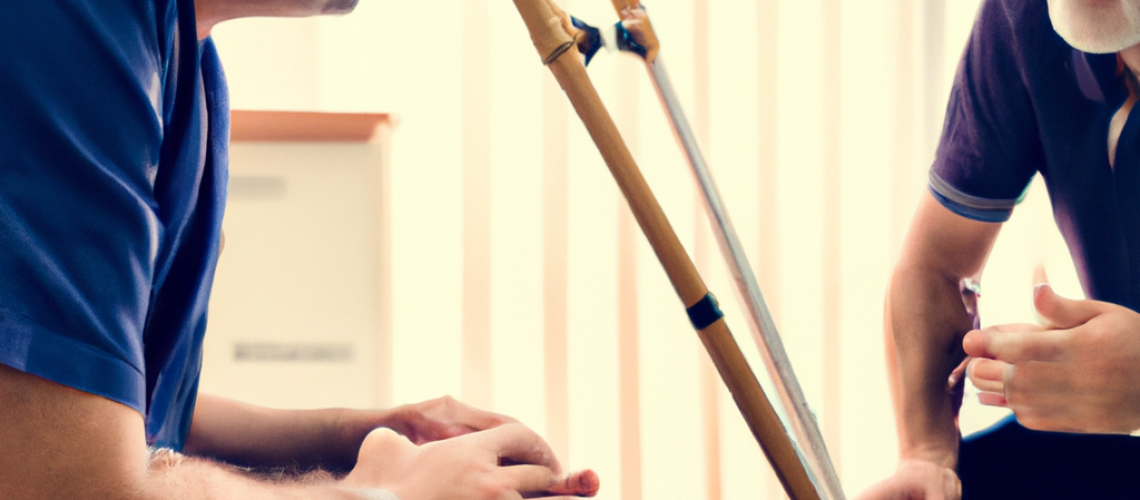Speed Up Your Healing Process with these Effective Rehabilitation Exercises
A leg bone fracture can be an incredibly challenging experience, as it often results in immobility and pain. However, engaging in the right exercises during the recovery process can help you regain strength, flexibility, and function in your injured leg. In this article, we will discuss five exercises that are specifically designed to aid in the recovery of a leg bone fracture. It is essential to consult with your healthcare provider or physical therapist before starting any exercise program, as individual circumstances may vary.
1. Ankle Pumps
Ankle pumps are a simple yet effective exercise to help improve blood circulation and decrease swelling in the injured leg. They also help prevent stiffness and maintain ankle flexibility during the recovery process.
How to perform ankle pumps:
- Sit or lie down in a comfortable position with your legs extended.
- Slowly point your toes away from your body, then flex your foot towards your body.
- Repeat this movement 10-15 times, performing 2-3 sets per day.
2. Quad Sets
Quad sets help to strengthen the quadriceps muscles, which support the knee joint and play a critical role in leg function. This exercise can be performed early in the recovery process, as it does not put excessive strain on the injured bone.
How to perform quad sets:
- Lie down on your back with your injured leg extended and a small towel roll placed under your knee.
- Tighten the muscles in the front of your thigh (quadriceps) by pressing the back of your knee down into the towel roll.
- Hold the contraction for 5-10 seconds, then relax.
- Repeat this exercise 10-15 times, performing 2-3 sets per day.
3. Seated Hamstring Curls
Seated hamstring curls help strengthen the hamstring muscles, which are essential for knee stability and proper leg function. As these muscles work together with the quadriceps, this exercise complements the quad sets.
How to perform seated hamstring curls:
- Sit on a sturdy chair with your feet flat on the floor.
- Slowly bend your injured knee, bringing your heel towards your buttocks.
- Hold the position for 2-3 seconds, then slowly lower your foot back to the starting position.
- Repeat this exercise 10-15 times, performing 2-3 sets per day.
4. Straight Leg Raises
Straight leg raises help to further strengthen the quadriceps muscles and improve hip stability. This exercise can be performed once you have built some strength through quad sets.
How to perform straight leg raises:
- Lie down on your back with your uninjured leg bent at the knee and your foot flat on the floor.
- Keep your injured leg straight and tighten the muscles in the front of your thigh (quadriceps).
- Slowly raise your injured leg about 12 inches off the floor, keeping your knee straight.
- Hold the position for 2-3 seconds, then slowly lower your leg back to the starting position.
Repeat this exercise 10-15 times, performing 2-3 sets per day.
5. Wall Squats
Wall squats are an effective exercise for strengthening the entire leg musculature, including the quadriceps, hamstrings, and calf muscles. This exercise can be performed once you have enough strength and stability in your injured leg to bear your body weight.
How to perform wall squats:
Stand with your back against a wall and your feet hip-width apart.
- Slowly slide down the wall by bending your knees and lowering your buttocks until your thighs are parallel to the floor.
- Hold the position for 5-10 seconds and then slowly slide back up to the starting position.
- Repeat this exercise 10-15 times and perform 2-3 sets per day.
Conclusion:
Recovering from a leg bone fracture can be a lengthy process, but with the right guidance and exercises, you can accelerate your healing and improve the function of your injured leg. Remember to consult with your doctor or physical therapist before starting an exercise program to ensure these exercises are suitable for your individual needs.

